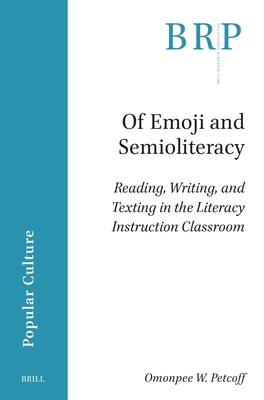
W. Petcoff, Omonpee
product information
description
ic of learners, developmental reading and writing instructors must steadfastly teach basic literacy skills to a diverse student population with varying degrees of literacy proficiency. Even more dauntingly, educators are tasked with procuring andragogically-and-pedagogically appropriate teaching tools - those that meet the needs of the individual student while being accessible and relatable to this adult learner demographic. Of Emoji and Semioliteracy: Reading, Writing, and Texting in the Literacy Instruction Classroom proposes emoji as one such viable literacy and postsecondary writing teaching tool. Drawing from a mixed-methods study, this work chronicles a Texas community college integrated reading and writing project in which students attempt to demonstrate mastery of State-mandated literacy content areas using both traditional writing and emoji. By postulating emoji as a semioliteracy-based instructional tool, this work also explores emoji's wider implications on teaching reading and writing within the developmental, First-Year Writing, postsecondary, and literacy instruction classes across all levels and disciplines. Foreword by Marcel Danesi
member goods
No member items were found under this heading.
Return Policy
All sales are final
Shipping
No special shipping considerations available.
Shipping fees determined at checkout.







